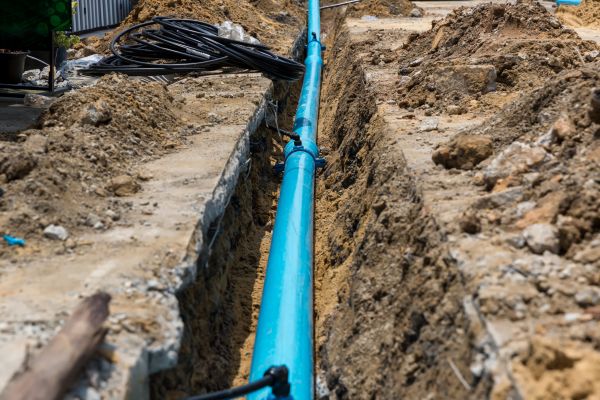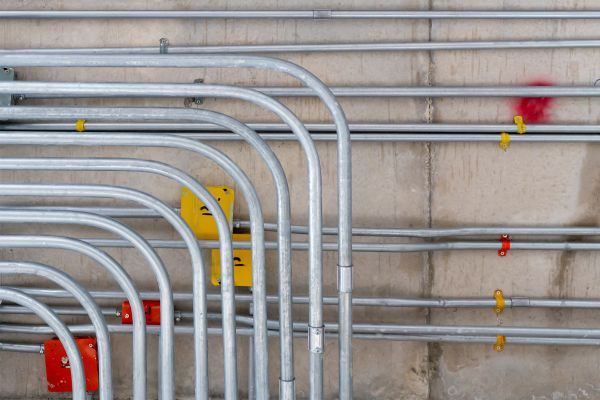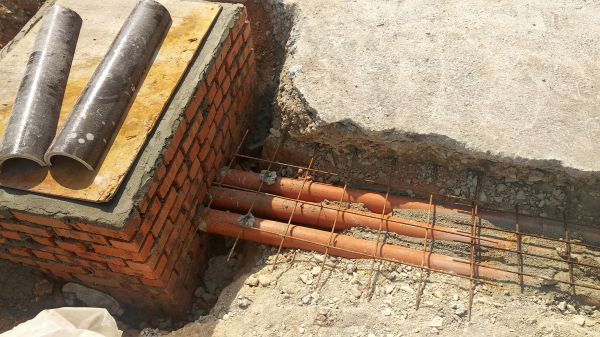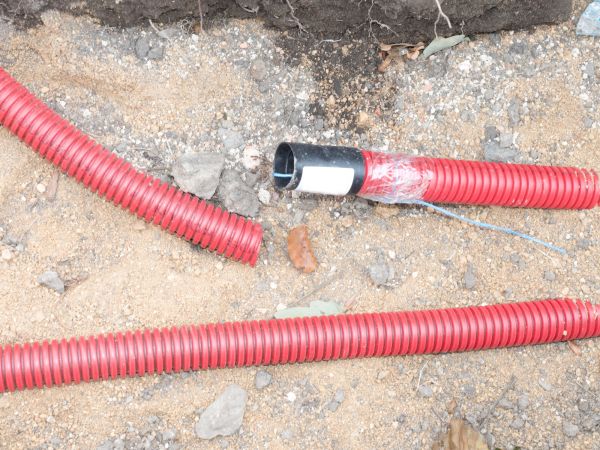Buried Conduit Installation Service
Affordable Buried Conduit Installation
Buried conduit installation involves placing electrical conduits underground to protect cables and wires from external elements, ensuring a secure and efficient power supply. This method is crucial for enhancing the safety and longevity of electrical systems, as it reduces the risk of damage from weather, physical disturbances, and other environmental factors. By opting for buried conduit installation, property owners can achieve a more aesthetically pleasing environment, free from unsightly overhead wires, while also complying with local building codes and regulations.
Benefits of Buried Conduit Installation
-
Enhanced Safety
Buried conduits significantly reduce the risk of electrical hazards by keeping cables protected from physical damage, moisture, and other environmental threats. This installation method minimizes the chances of accidents, such as electrical shocks or fires, making it a safer option for residential and commercial properties.
-
Improved Aesthetics
By eliminating the need for overhead wires, buried conduit installation contributes to a cleaner and more visually appealing environment. This is particularly beneficial in residential areas, parks, and commercial properties where maintaining a tidy appearance is important.
-
Increased Durability
Conduits installed underground are less susceptible to damage from weather conditions like high winds, ice, and storms. This leads to a more durable electrical system that requires less maintenance and fewer repairs over time, ultimately resulting in cost savings.
-
Regulatory Compliance
Many local building codes and regulations require the use of buried conduits for new constructions and renovations. By choosing this installation method, property owners can ensure compliance with these standards, avoiding potential fines and legal issues.
FAQs About Buried Conduit Installation
What is the typical depth for burying conduits?
Conduits are usually buried at a depth of 18 to 24 inches, depending on local regulations and the type of conduit used. It's important to check with local authorities for specific requirements.
Can existing overhead lines be converted to underground conduits?
Yes, existing overhead lines can often be converted to underground conduits. This process involves careful planning and coordination with utility providers to ensure a smooth transition.
How long does a buried conduit installation take?
The duration of a buried conduit installation project varies based on factors such as the length of the conduit run and site conditions. On average, it can take anywhere from a few days to a few weeks.
Are there specific materials recommended for buried conduits?
PVC and HDPE are common materials used for buried conduits due to their durability and resistance to corrosion. The choice of material depends on the specific requirements of the project and environmental conditions.
Fill out the contact form to request Buried Conduit Installation today and enjoy the benefits of enhanced safety, improved aesthetics, increased durability, and regulatory compliance with a professional installation.




